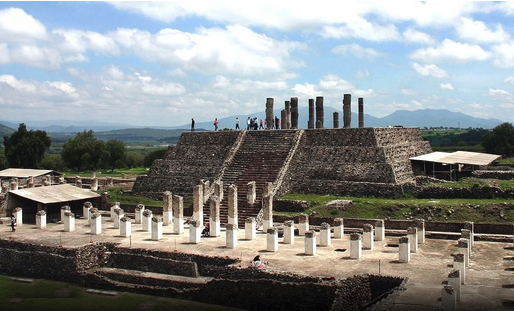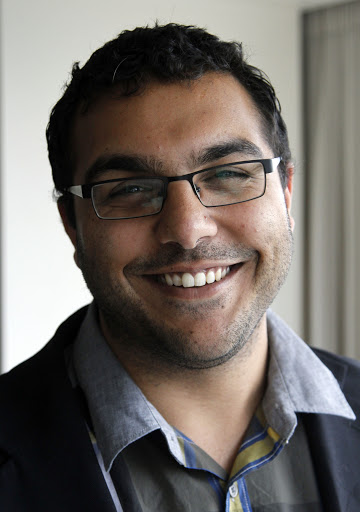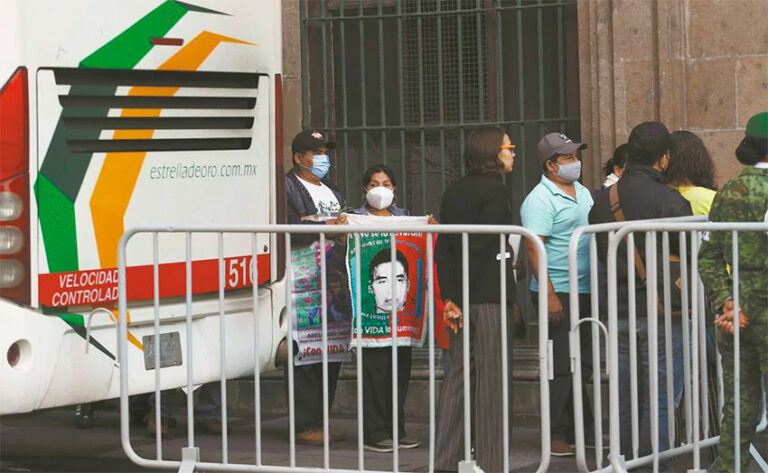NOTE FROM THE EDITOR
Dear Reader:
I bring you today an exposé of what is been said is coming about what many of you might have been hearing lately: the plans of the elite to institute a World Government in out planet Earth. Well, investigative journalist, James Corbett brings that exposure to us in the article below. Hope you will enjoy it. – Marvin Ramírez
by James Corbett
June 13, 2021 – Imagine if you spent months planning an elaborate 50th birthday party for yourself—hiring performers, decorating your place and inviting everyone you know—and when the big day finally arrived . . . no one bothered to show up. Embarrassing, right?
Well, that’s essentially what happened to the European Union in 2007 when they threw themselves a 50th Anniversary Extravaganza. Reports at the time talked of EU-sponsored “citizen parties,” street festivals and public celebrations that were largely ignored by the public. About the only thing that Europeans can ever agree on is their differences, and even after 50 years of conditioning it seemed few outside of Brussels were stirred by the EU flag or the thought of half a century of political union.
Perhaps that’s because 2007 did not really mark the 50th anniversary of the EU or 50 years of political union at all. No, 2007 was the 50th anniversary of the signing of the Treaty of Rome, a 1957 compact to form a common market and customs union between six European nations. It is doubtful that many people beyond the handful of Bilderbergers and globalists who signed the treaty could have imagined that it would result in a grandiose anniversary celebration for the European Union 50 years hence.
(FUN FACT: The “Treaty of Rome” that was signed on March 25, 1957 was literally a blank document because “[t]he Italian state printer had not met the deadline.”)
It makes you wonder: Is there any seemingly innocuous event taking place in the world today that, 50 years from now, may be commemorated as the moment that some monstrous globalist institution was born?
As it turns out, there is just such an event that took place this month that may lead to a “50 Years of Global Government” celebration in June 2071. Do you know what it is?
Here’s some hints, courtesy of dinosaur media headlines:
Finance Leaders Reach Global Tax Deal
Biden and G-7 leaders will endorse a global minimum corporate tax of at least 15%
Yes, It’s a Global Tax on American Tech
Have you heard about this story yet? If not, here are the talking points that the MSM want you to take away from this.
The first is that the US is ready to go along with the rest of the G7 (and, eventually, the G20) on a global minimum corporate tax rate of 15%, meaning that no nation under the agreement could charge corporate tax rates below that mark. Why would the Biden administration agree to such a plan? Well, if you ask Biden (or, more accurately, his teleprompter writers), he’ll tell you it’s part of a “foreign policy for the middle class” that aims to “ensure that globalization and trade are harnessed for the benefit of working Americans, and not merely for billionaires and multinational corporations.”
But even the New York Times is willing to call that nonsense out for the shameless mealymouthed political dissembling that it is. As Alan Rappeport puts it more bluntly in his report for the Old Grey Presstitute on the deal:
“The Biden administration has been particularly eager to reach an agreement because a global minimum tax is closely tied to its plans to raise the corporate tax rate in the United States to 28 percent from 21 percent to help pay for the president’s infrastructure proposal.”
What? A politician taking whatever opportunity presents itself to deflect blame for a huge tax hike? Will wonders never cease.
More seriously, we arrive at the other key part of the plan. This is where things get a bit more convoluted. As the G7 Finance Ministers “explained” in their communiqué last week:
We commit to reaching an equitable solution on the allocation of taxing rights, with market countries awarded taxing rights on at least 20% of profit exceeding a 10% margin for the largest and most profitable multinational enterprises.
Clear as mud? I thought so. In this case the Wall Street Journal is there to helpfully translate this impenetrable jargon from the globalese into everyday English:
“Translating the jargon, this means new rules would allow jurisdictions where global companies earn revenue (“market countries”) to tax a portion of the resulting profits. This would upend a century of global standards that tax companies where their headquarters are based.”
So why this? Why “20% of profit exceeding a 10% margin”? Why now?
Well, the super secret thing that you have to read between the lines with your special decoder ring in order to understand is that this clause is specifically aimed at Big Tech. Of course, they don’t say “Big Tech” or talk specifically about Amazon, Facebook, Google or the other FAANGsters. If they did, it wouldn’t be a secret! But when they float the idea of a $20 billion revenue threshold for this clause (as Yellen has reportedly done), that automatically includes all the Big Tech companies and excludes most other major multinationals. And there are very few industries other than Big Tech where companies routinely achieve greater than 10% profit margins. According to the WSJ, “negotiators are carving out exclusions for other industries that otherwise would have to pay the tax.”
So why the “secrecy,” then? Why not call it a Big Tech tax and be done with it? Because (again according to the WSJ):
Ms. Yellen and her G-7 colleagues understand truth in advertising could kill this measure on Capitol Hill. Lawmakers might bristle at a tax aimed primarily at U.S. companies. They especially will notice the goal is to shift to other governments tax revenue Washington might otherwise claim for itself.
In other words, we’re being asked to believe that as long as American politicians don’t physically read the words “Big Tech” or “US companies” (and as long as they don’t read the op ed pages of the Wall Street Journal) then they’ll never figure out what’s really going on here until it’s too late.
This is self-debunking bunkum. There’s obviously a much bigger story here. So what is it? Perhaps we can turn to less mainstream-y sources for the story.
Unfortunately, if you turn to a publication like The American Conservative you’re not going to get a much better explanation. In “G7’s Global Tax Plans Threaten Prosperity Worldwide,” contributor Charles Amos makes the least persuasive argument imaginable in the most ham-handed way possible, all the while constructing the most convenient strawman for proponents of the deal to tear down with ease. In the most wonkish, straight-out-of-college way conceivable, Amos earnestly intones:
“These plans will do significant damage to the global economy. According to the Tax Justice Network, the 15 percent proposals can be expected to raise roughly $275 billion globally. Nevertheless, when corporate taxes rise, shareholders see lower returns, consumers pay higher prices, and workers earn lower wages. And while high prices and low wages hurt momentarily, lowering returns on capital impoverishes entire economies for years to come.”
In other words, “Won’t someone think of the poor World Economic Forum partner corporations?!”
The global tax is not here yet, but it is on the way and if you can’t see that yet I don’t know what else to say to you. Of course, when the global tax arrives it will be hailed as a wonderful thing. A penny or two on every ton of CO2 emitted anywhere in the world to go directly to the UN’s climate mitigation efforts. Who could possibly dispute such a virtuous and noble cause?
And, just like that, the global government will be funded into existence.
Although we are not there yet, and although it may sound fairly innocuous, the announcement of this global tax deal is one of the landmark moments in the establishment of the global government. And just like no one but the conspirators themselves could have predicted in 1957 that the signing of the Treaty of Rome was going to be commemorated as the birthday of the European Union, it’s almost certain that some similarly mundane event will one day come to be seen as the birthday of the New World Order. Like, say, a global minimum corporate tax rate deal reached at the G7 Summit in 2021.
All I’m saying is that when the cryogenically preserved head of Klaus Schwab pronounces a Year of Celebration to commemorate the 50th anniversary of his rule as Planetary Overlord in 2071, don’t say I didn’t warn you.












